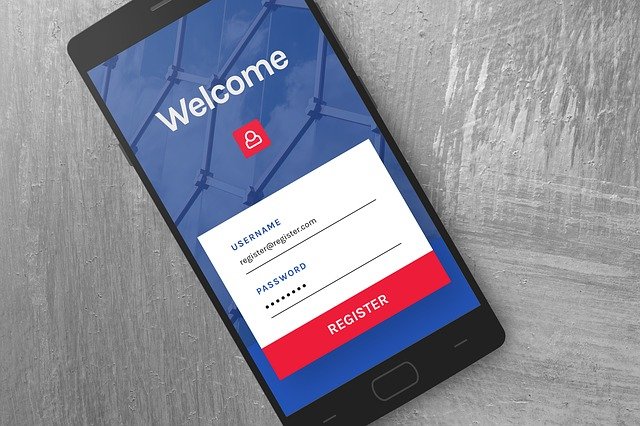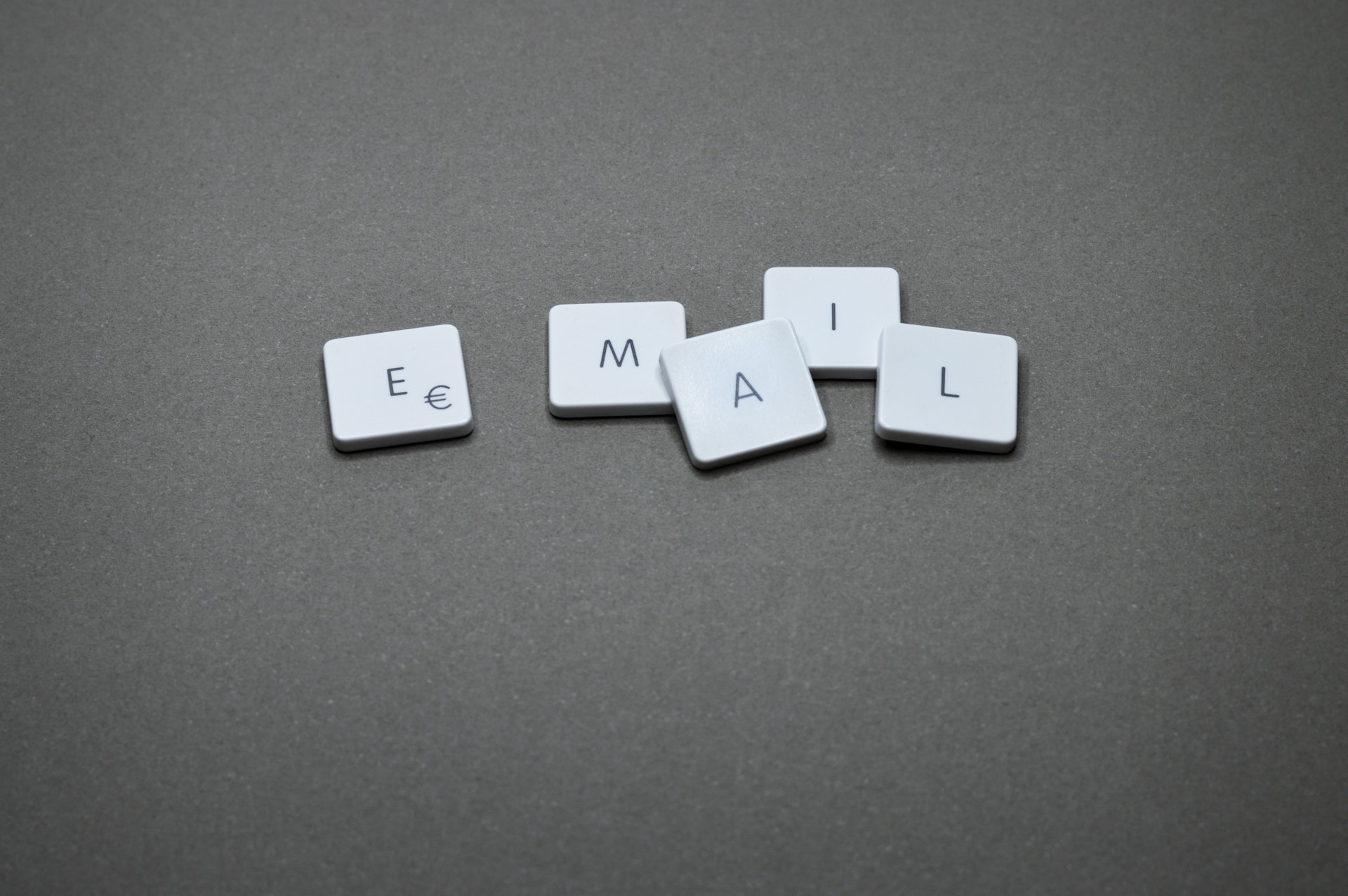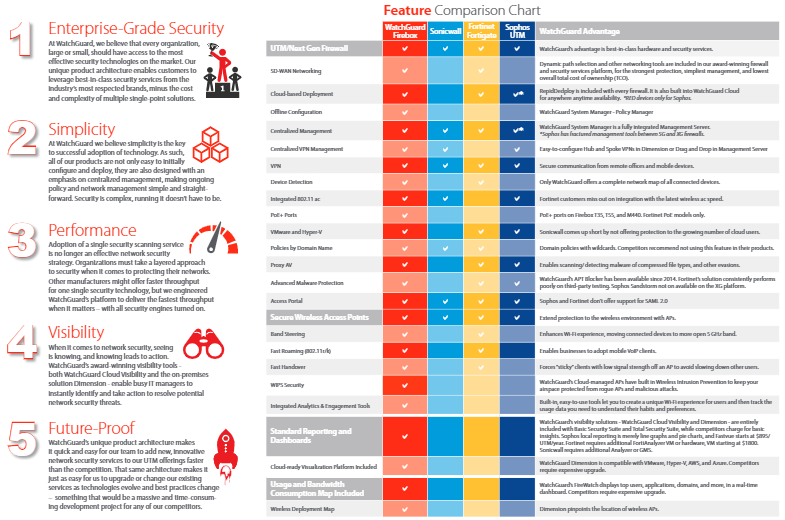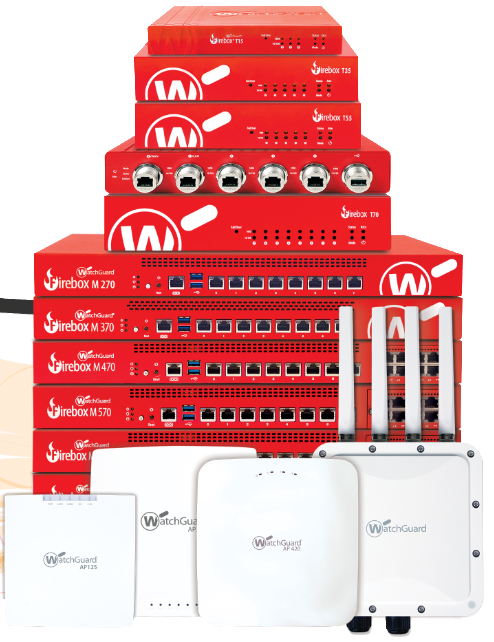The reality is, mobile devices are less safe than desktop computers. Boosting security on such devices is essential if you use them in business.
Technological breakthroughs have streamlined your operations in several ways. Primarily, you can now use mobile devices to make your communication and data sharing more convenient.
But this technological advancement also means that information on your team members’ mobile devices is no longer limited to just phone numbers and contacts. They now contain much more significant data, such as emails, passwords, and other account details.
That’s why here at “Callow and Company” we believe in keeping those mobile devices secure is key to shielding your reputation and minimizing the risk of losing money.
Unfortunately, the protection of tablets and smartphones against cyberattacks isn’t as robust as that of desktops and laptops. Anti-malware applications may be present, but they’re not as powerful as their computer counterparts. In addition, many devices don’t support certain measures and applications that companies develop to enhance business security.
Fortunately, you can still implement robust safety measures to protect your smartphones and tablets.
This article will cover the nine best practices in improving cybersecurity on mobile devices.
THE NINE PRACTICES
PRACTICE #1 – ESTABLISH A SOUND SECURITY POLICY
Before issuing tablets or smartphones to your teams, create an effective usage policy. Define rules about acceptable use and determine the penalties for violating them.
Your employees must be aware of the security risks and measures that can help them reduce the risks. They should know that they are the first line of defense against cybercrime.
Furthermore, be sure to develop a BYOD (Bring Your Own Device) policy if you permit your team to use a personal device for business. Your company policy can include the following:
- Requirements for the installation and remote software wiping on any personal device that stores or accesses company data
- Employee training and education on safeguarding company information when using wireless networks on their mobile devices
- Data protection methods that include automatic locking or other security measures applicable after long inactivity periods
- Protocols for lost and stolen devices
- The use of security software and antivirus platforms
- Backup requirements
PRACTICE #2 – ENSURE THE OPERATING SYSTEM IS UP TO DATE
Updating Android and iOS operating systems improves overall user experience, but their most significant role is in addressing security vulnerabilities.
Therefore, install updates as soon as the developer rolls them out to reduce exposure to cybersecurity threats. Delaying it may give criminals enough time to attack your weaknesses and take advantage of outdated operating systems.

PRACTICE #3 – ENABLE PASSWORD PROTECTION
A complex password or PIN can help prevent cybercriminals from accessing mobile devices. Besides using alphanumeric combinations, you can also use facial or fingerprint recognition, depending on what suits your employees.
If you opt for digits and letters, don’t share the combination with people outside your company. On top of that, be sure that your staff doesn’t store them on their phones. Unmarked folders and physical wallets are a much safer option.
PRACTICE #4 – INSTALL BUSINESS PROGRAMS ONLY
Lenient download policies can allow your team members to install non-business apps. Downloading such apps might seem harmless, but they are also infamous for their harmful advertising codes and many other threats.
To mitigate this risk, tell your employees they can only download and use apps necessary for their roles.
PRACTICE #5 – AVOID PUBLIC WI-FI CONNECTIONS
Your team may need to use public Wi-Fi networks in emergencies to send crucial emails or schedule a meeting. However, connecting to such networks can expose confidential company information to cybercriminals using the same network.
The easiest way to minimize this risk is to provide a high-quality internet plan that features roaming services for your remote workers.
But if there’s no way to avoid public Wi-Fi connections, a reputable virtual private network (VPN) or secure global network (SGN) may do the trick. It can help shield your data by creating direct, secure links from your location to the intended website.
PRACTICE #6 – LEVERAGE PHONE TRACKING
Losing company-issued mobile devices is unfortunate, but it’s not the end of the world.
Enabling Android Phone Tracker, Find My Phone on iOS, or other device-tracking software can help locate your lost smartphones. Some programs also enable you to remove data on your stolen devices remotely.
Installing these apps takes a couple of minutes and gives you much-needed peace of mind. With it, even if your staff loses their mobile device, cybercriminals are less likely to get their hands on the content.
PRACTICE #7 – INCORPORATE MDM (MOBILE DEVICE MANAGEMENT SOFTWARE)
For even more security, you may want to integrate with reliable MDM. It’s an excellent way to separate personal and business information while allowing your team members to set up robust security measures on their devices.
In most cases, cloud-based software is the most affordable, flexible, and manageable type of MDM. Many platforms let you check out device information, update and manage apps, configure your devices, create usage restrictions, and remove content remotely.
If possible, implement MDM software that enforces security measures across all devices. As previously mentioned, this can include data encryption, strong passwords, and setting up containers to separate personal information from enterprise data.
PRACTICE #8 – SCREEN MESSAGES CAREFULLY
Cybercriminals frequently employ SMS phishing to trick your team into clicking dangerous links. They pose as someone credible, asking your staff to share confidential information.
If your employees encounter such messages, they should delete them or alert the IT department. here at “Callow and Company” we recommend avoiding opening the SMS and blocking the sender.
PRACTICE #9 – BLOCKING AND WHITELISTING
Many threats can compromise your company due to employee errors. For example, a team member may not realize they’re downloading a malicious app that allows thieves to steal data from their mobile devices.
Blocking and whitelisting can enable you to protect your employees from these risks by determining which sites and apps are safe.
On one hand, blocking certain applications can give your IT department peace of mind and alert them when someone tries to access those applications.
On the other hand, whitelists can work great for highlighting the tools your team should prioritize over social media and games.
DON’T DROP YOUR GUARD
Securing your desktop computers and laptops only is a disaster waiting to happen.
Your employees may still use their mobile devices to send emails and share sensitive information. That’s why shielding them from cybercriminals should be your top priority.
So, develop a strict usage policy and follow other recommended practices to make your team’s smartphones and tablets virtually impervious to data theft. We recommend these practices to our customers in the Dallas, Ft. Worth area.
Get in touch with us today for even more cybersecurity tips. We can schedule a non-salesy chat to help you identify and address any potential security risks.
The article was used with permission from The Technology Press.









